Digital Incubator
Digital 10 l, 23 l and 56 l incubators are compact and economically priced, yet offer features not typically found in a basic incubator. The housing is all metal, as is the door frame. See-through acrylic door lets you view contents without opening the door. One shelf for 10 l and two shelves for 23 l and 56 l models are included, and can be adjusted in different levels – additional shelves can be purchased to increase storage capacity.
The heating elements in the incubators are incorporated into the bottom and sides of the aluminum chamber. This provides better temperature stability and uniformity than other incubators in it’s class. A grommet hole in the top of the unit can hold a thermometer for accurate temperature setting
Report Abuse
Shipping Details
Based on 0 reviews
Be the first to review “Digital Incubator”
You must be logged in to post a review.
Vendor Information
- Store Name: ATLANTIC Scientific and Research Supply
- Vendor: ATLANTIC Scientific and Research Suply
- No ratings found yet!
-
Health & Medical
Glass -Test-Tube++
Glass test tube, also known as culture tube and sample tube, is a common and widely used glassware, which has a finger-like length, open top and closed bottom. It can be made of soda-lime material, borosilicate glass or quartz glass. And borosilicate glass and quartz glass test tube can withstand high temperatures up to several hundred celsuis.
SKU: n/a -
Health & Medical
UV-spectrophotometer double beam
Range 190-1100 nm, basic/quantiative wavelength scan/DNA Protein Test/Kinetic, automatic peak picking spectrum display. Large screen with graphic display. Spectrum and data can be printed out by printer and sent to computer via USB PORT. Set of 4 quartz and 4 glass cuvettes is provided. Software Included (Imported with German Lamps).
SKU: n/a -
Health & Medical
Capillary Sequencer
American Applied Biosystems, known for its technological innovation, recently launched the new 3500 Series Genetic Analyzers, setting a completely new standard for capillary electrophoresis. It integrates a series of platform innovations designed for optical and thermal systems, opening up an innovative consumable system. The common superposition of these elements makes 3500 Series products the gene analyzers of the highest performance ever.
SKU: n/a -
Health & Medical
WBC-pipettes
Gentian violet slightly stains the nuclei of the leucocytes. The blood specimen is diluted 1:20 in a WBC pipette with the diluting fluid and the cells are counted under low power of the microscope by using a counting chamber. The number of cells in undiluted blood is reported per cumm (µl) of whole blood.
SKU: n/a


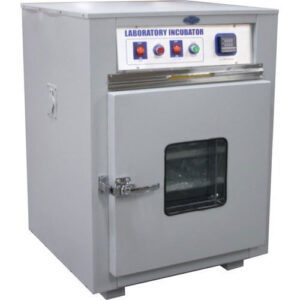
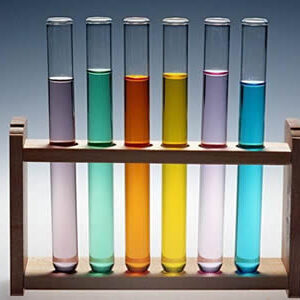
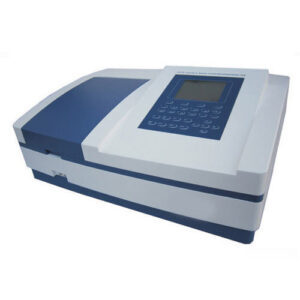
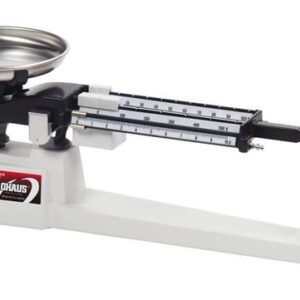
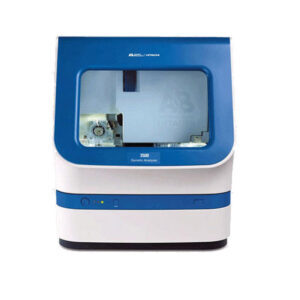
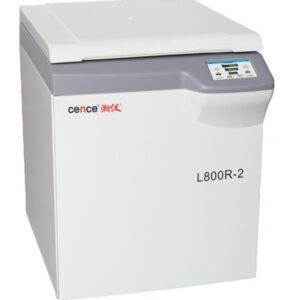
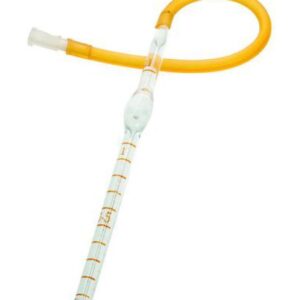
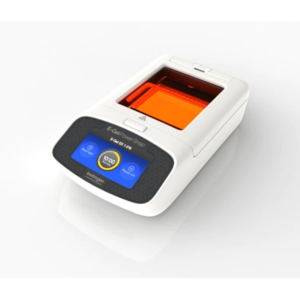
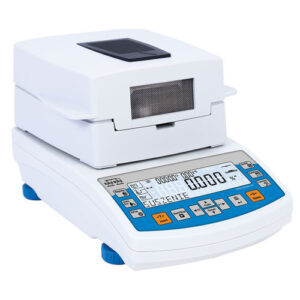
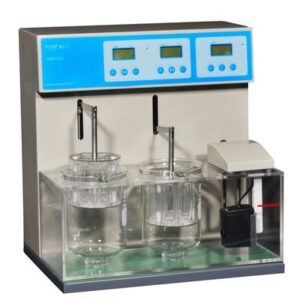
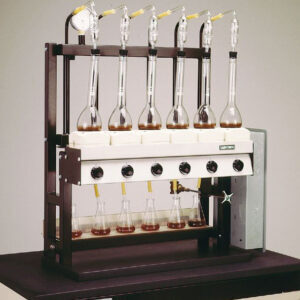
There are no reviews yet.